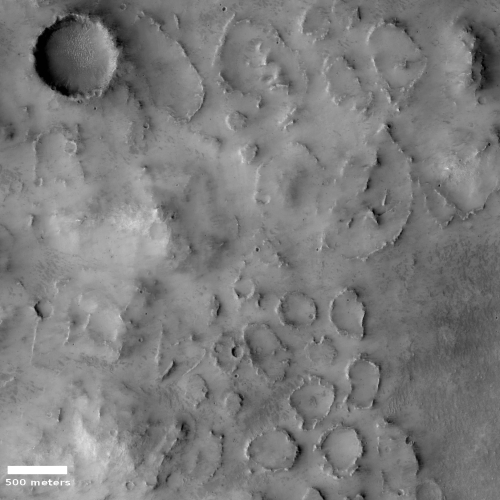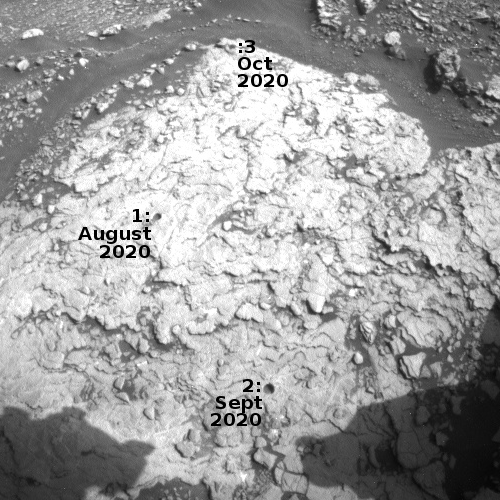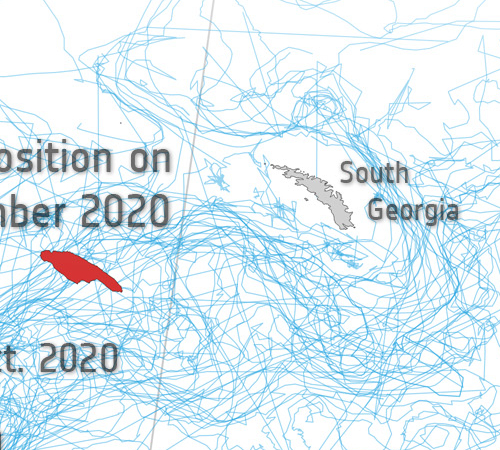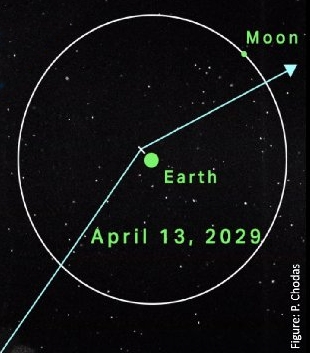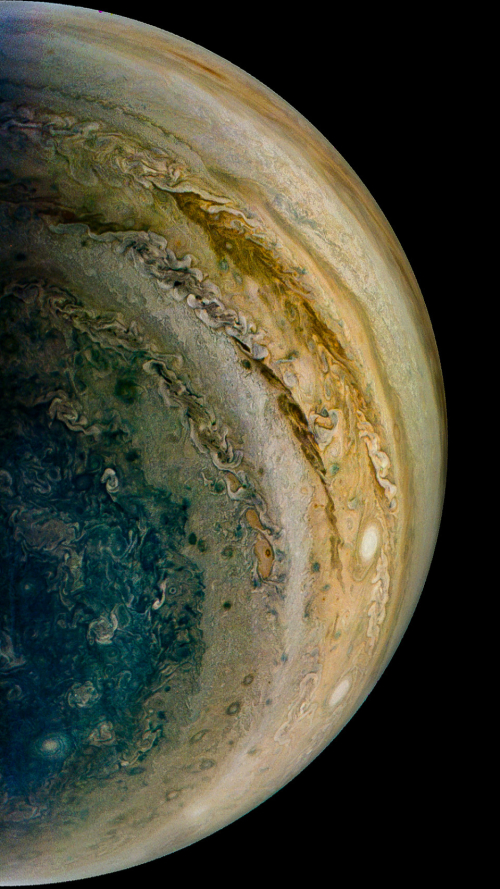China today launched a new communications satellite
The new colonial movement: Using its Long March 3B rocket, China today launched another communications satellite for the Asian market.
No word on whether the rocket’s first stages landed near residential areas, as has happened in the past. Also no word on whether it used grid fins to control its crash somewhat, as China also did previously.
The leaders in the 2020 launch race:
30 China
19 SpaceX
12 Russia
4 ULA
4 Europe (Arianespace)
4 Rocket Lab
The U.S. and China are now tied at 30 in the national rankings. This tie won’t last long, as the U.S. has three launches scheduled for the next three days, a ULA Atlas 5 launch of a military reconnaissance satellite tomorrow, SpaceX’s second manned Dragon launch on November 14, and Rocket Lab’s next commercial launch on November 15.
The new colonial movement: Using its Long March 3B rocket, China today launched another communications satellite for the Asian market.
No word on whether the rocket’s first stages landed near residential areas, as has happened in the past. Also no word on whether it used grid fins to control its crash somewhat, as China also did previously.
The leaders in the 2020 launch race:
30 China
19 SpaceX
12 Russia
4 ULA
4 Europe (Arianespace)
4 Rocket Lab
The U.S. and China are now tied at 30 in the national rankings. This tie won’t last long, as the U.S. has three launches scheduled for the next three days, a ULA Atlas 5 launch of a military reconnaissance satellite tomorrow, SpaceX’s second manned Dragon launch on November 14, and Rocket Lab’s next commercial launch on November 15.



